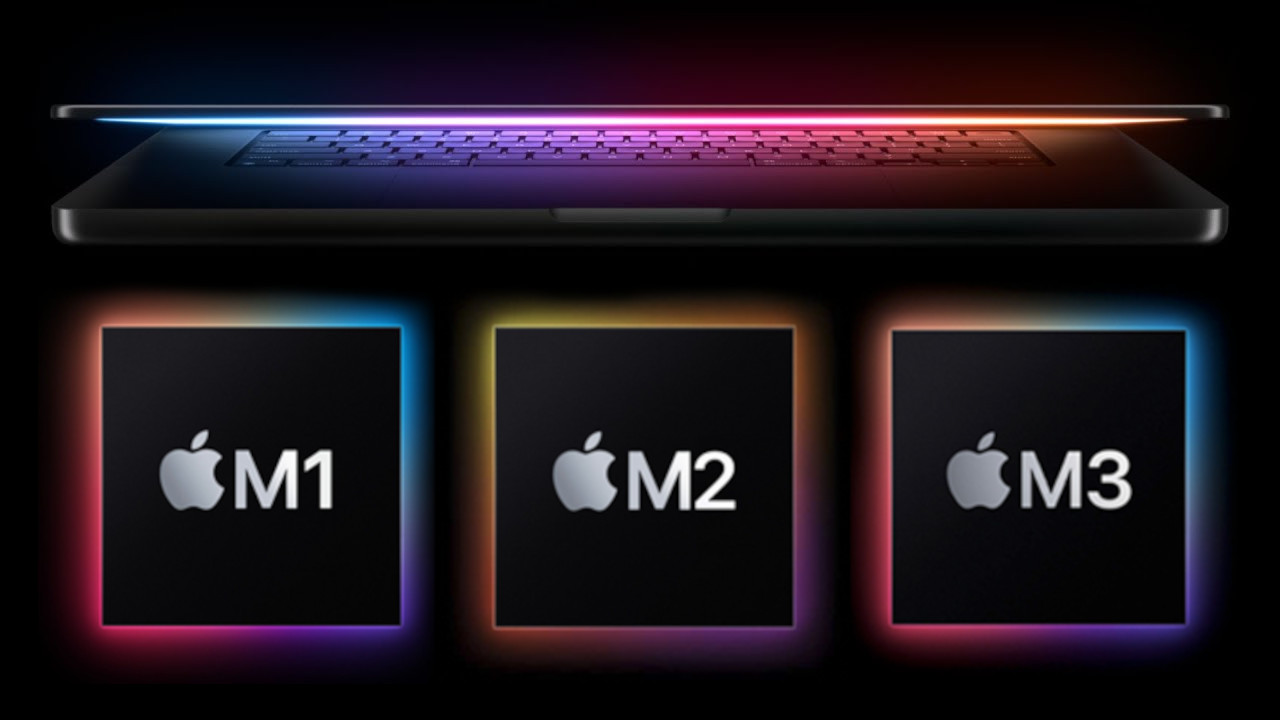Is Tesla’s Robotaxi the Future of Driving? Here’s What We Know
Tesla’s Robotaxi is finally here. But is it truly the future of ride-hailing, or just another overhyped promise? Explore the latest updates, key challenges, and what 2025 holds for autonomous taxis
Ryan R
Contributing Writer

Imagine calling a taxi, but instead of a driver, a fully autonomous Tesla arrives at your location. No steering wheel, no pedals—just a sleek, AI-powered vehicle ready to take you to your destination.
This is Tesla’s Robotaxi, a futuristic concept that aims to disrupt ride-sharing and personal transportation. First announced in 2019 by Elon Musk, Tesla’s Robotaxi promises a world where self-driving cars replace human drivers, making transportation cheaper, safer, and fully autonomous.
But how close are we to this vision? Is Tesla’s Robotaxi truly the future of driving, or is it another overhyped promise? Let’s break it down.
What Is Tesla’s Robotaxi?
Tesla’s Robotaxi is a planned fleet of self-driving, electric vehicles that operate without human drivers. The goal? To create a fully autonomous ride-sharing network that allows Tesla owners to rent out their cars when they’re not in use, similar to how Uber and Lyft work—but with no drivers involved.
How It Works:
- Autonomous Operation: The Robotaxi will run on Tesla’s Full Self-Driving (FSD) software, eliminating the need for a driver.
- Tesla Network: Car owners can add their Tesla to the fleet, letting it earn money while they’re not using it.
- Tesla App: Riders can hail a Robotaxi through the Tesla app, similar to how Uber and Lyft operate.
Elon Musk's Big Promise: Musk originally stated that over a million Robotaxis would be on the road by 2020. However, due to regulatory and technological challenges, the launch has been repeatedly delayed.
Key Features & Technologies Behind Tesla’s Robotaxi
Tesla’s Robotaxi relies on cutting-edge AI and automation, setting it apart from traditional ride-sharing services. Here are the core technologies powering it.
🚗 1. Full Self-Driving (FSD) Software
- Tesla’s FSD Beta software uses advanced AI to drive in urban and highway settings without human intervention.
- The system improves over time by learning from real-world driving data collected from millions of Tesla vehicles.
📡 2. Vision-Based AI (No Lidar)
- Unlike competitors like Waymo and Cruise, Tesla does not use Lidar sensors for mapping.
- Instead, it relies on cameras, neural networks, and AI processing to understand its surroundings.
🔋 3. Cost-Efficient & Fully Electric
- No gas, no human drivers mean lower costs for passengers.
- Tesla’s Robotaxis could be cheaper than Uber and Lyft, making ride-sharing more accessible.
📱 4. Integrated Ride-Hailing System
- Tesla will introduce a ride-hailing app, allowing users to book a Robotaxi just like Uber.
- This could disrupt the ride-sharing industry, cutting human labor costs while maximizing Tesla’s profits.
When Will Tesla’s Robotaxi Be Available?
Elon Musk’s Timeline:
- 2019: First announced, Musk claims 1 million Robotaxis by 2020.
- 2020-2023: Delays due to regulatory approval and FSD improvements.
🚨 The Reality:
- Actual deployment will likely take years due to regulatory approvals and AI safety concerns.
Challenges & Roadblocks for Tesla’s Robotaxi
🚦 1. Regulatory Approval
- Governments are hesitant to approve self-driving cars without safety guarantees.
- Tesla has had multiple FSD-related crashes, making regulators cautious.
⚠️ 2. Safety Concerns
- Tesla’s Full Self-Driving (FSD) Beta still makes errors in complex traffic situations.
- Waymo and Cruise have had fewer reported safety issues, putting them ahead in regulation-friendly cities.
💰 3. Cost & Affordability
- How much will a Robotaxi ride cost compared to Uber and Lyft?
- Will Tesla owners actually profit from adding their cars to the Robotaxi fleet?
What This Means for the Future of Driving
If Tesla’s Robotaxi Succeeds:
- ✅ Cheaper transportation with no driver costs.
- ✅ AI reduces traffic accidents caused by human error.
- ✅ Tesla’s stock value skyrockets, leading the self-driving revolution.
If It Fails:
- ❌ Robotaxis remain a tech demo with no real-world impact.
- ❌ Tesla struggles with lawsuits and further delays.
- ❌ Waymo and Cruise take over the autonomous taxi market.
Final Thoughts: Is Tesla’s Robotaxi the Future?
Tesla’s Robotaxi is one of the most ambitious AI-driven projects in the automotive industry. If successful, it could revolutionize ride-sharing and transportation.
However, Tesla still faces major hurdles:
- 🚦 Regulatory barriers
- ⚠️ Safety concerns
- 💰 Affordability for Tesla owners and passengers
Will Tesla overcome these obstacles and make self-driving taxis a reality, or will competitors like Waymo and Cruise take the lead? The future of autonomous transportation is unfolding—and 2025 could be the year that defines it.

